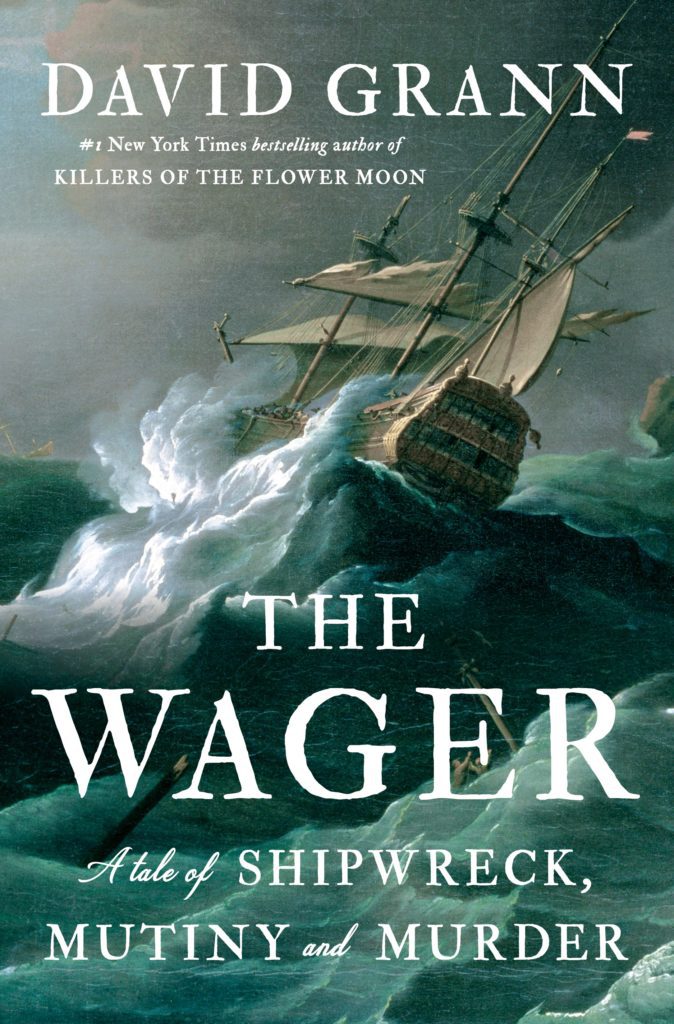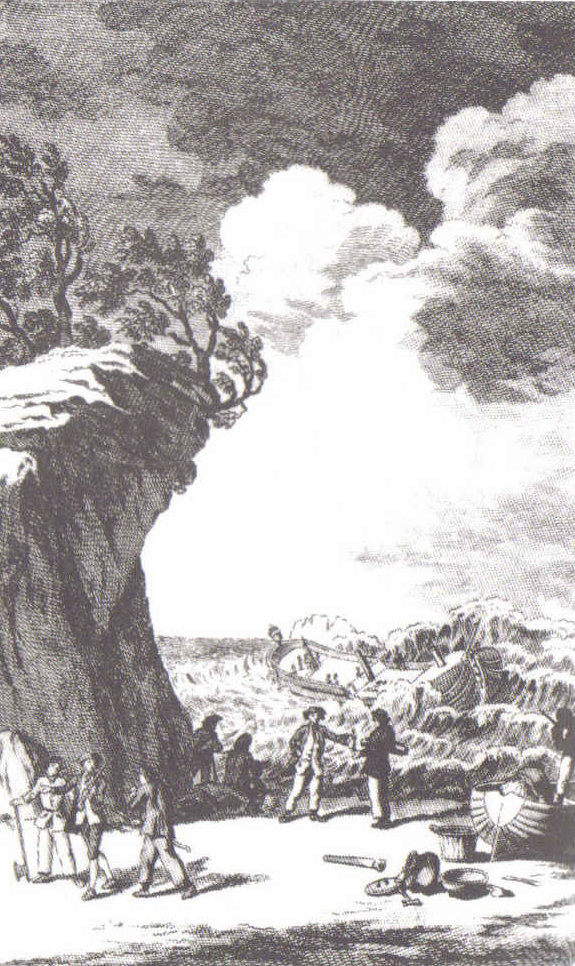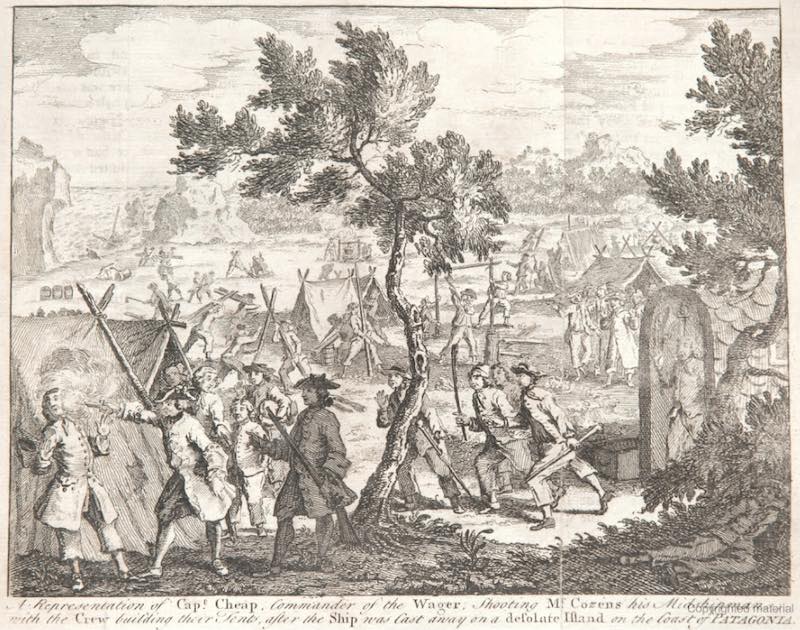 I have a thing for doomed Arctic expeditions. Something about the ends of the world, the lack of modern technology, the extreme conditions — and the inability to expect rescue. It combines all of the aspects of an epic adventure with the myths and legends of seafaring. What’s not to love?
I have a thing for doomed Arctic expeditions. Something about the ends of the world, the lack of modern technology, the extreme conditions — and the inability to expect rescue. It combines all of the aspects of an epic adventure with the myths and legends of seafaring. What’s not to love?
David Grann, noted for his eye-opening exploration in the The Killers of The Flower Moon, has tackled the complex, mutinous Antarctic voyage to round Cape Horn. Captain Anson brought The Wager and five other armed ships down the coast of South America, around the point between Chile and Antarctica, to attack the Spanish interests on the Pacific side of the continent. England and Spain never had a great relationship, but in 1740s tensions ratcheted up again after the War of Jenkins’ Ear (Yes, that’s a real thing). It was also the heyday of the British interests with the East India Company. The Admiralty had no problem flexing the muscle of their Navy.

In hindsight, their hubris was the main downfall of their mission. The area where the Atlantic meets the Pacific, roiled with the frigid Antarctic water, is treacherous on a calm day.
This funnel, known as the Drake Passage, makes the torrent even more pulverizing. The currents are not only the longest-running on earth but also the strongest, transporting more than four billion cubic feet of water per second, more than six hundred times the discharge of the Amazon River. And then there are the winds. Consistently whipping eastward, from eastward from the Pacific, where no lands obstruct them, they frequently accelerate to hurricane force, and can reach two hundred miles per hour. … Floating on some of these waves are lethal bergs cleaved from pack ice. And the collision of the cold front from the Antarctic and warm front from near the equator produce an endless cycle of rain and fog, sleet and snow, thunder and lightning. ~Loc. 887
Even the best sailors would be bedraggled when they emerged on the other side. Anson’s crew would not have an easy job of it. For weeks, they fought against the weather and currents to reach the other side of the straits. The opposing currents were so strong sometimes that they found they remained in the same place for weeks, despite their efforts.
Anson quickly realized the difficulty in making it through the passage, let alone within sight of one another, and he set up a rendezvous plan. Any ship making it through the straits would wait for the others for a set amount of time. After that, they would be assumed sunk. If only it would be that simple for the squadron.
What followed was months of multiple shipwrecks, survival, in-fighting, scurvy, insubordination, betrayal, murder and mutiny. Factions broke away, starting their own crews. Some stole rations or alcohol. Lieutenants struggled to keep control of their men, even as it dawned on them that rescue was not possible. If they were to return home, it would be up to them.

Author David Grann manages to make the complicated understandable in this complex tale of double- and triple-crosses. He also allows the actions of the men to speak for themselves. Though there are some conflicting accounts as members of the various factions begin to (unbelievably) limb into London, Grann allows those accounts to stand as presented and for readers to find their own opinion, as the British public would have done then. Unfortunately, some of the sense of adventure and danger is lost in the telling. The admirable adherence to the official narrative seems to prevent Grann from giving truly imaginative descriptions of what was endured.
My thanks to Doubleday for the review copy. Read via NetGalley.
Publisher: Doubleday (April 18, 2023)
Language: English
Hardcover: 352 pages
ISBN-10: 0385534264
